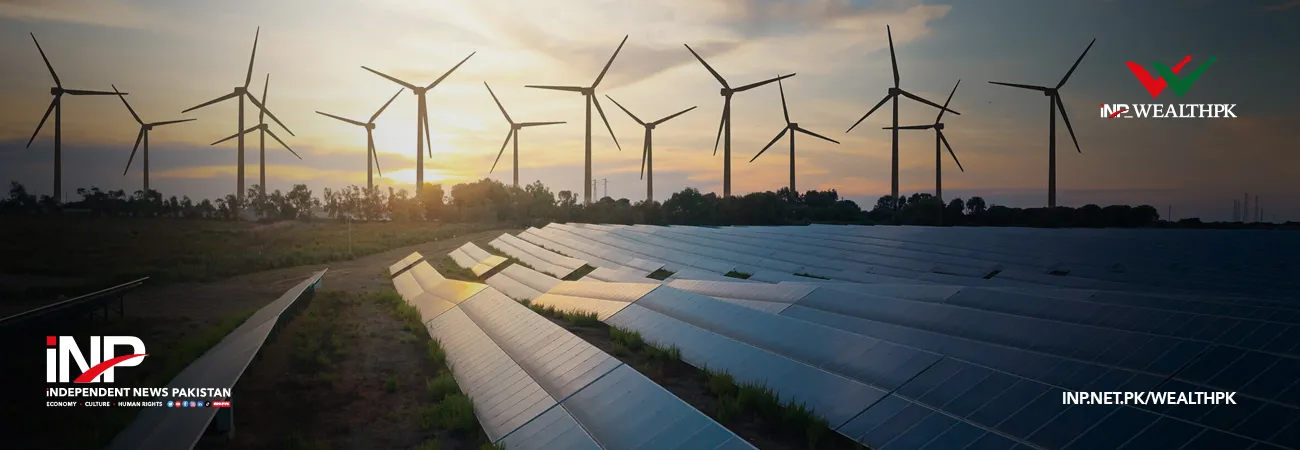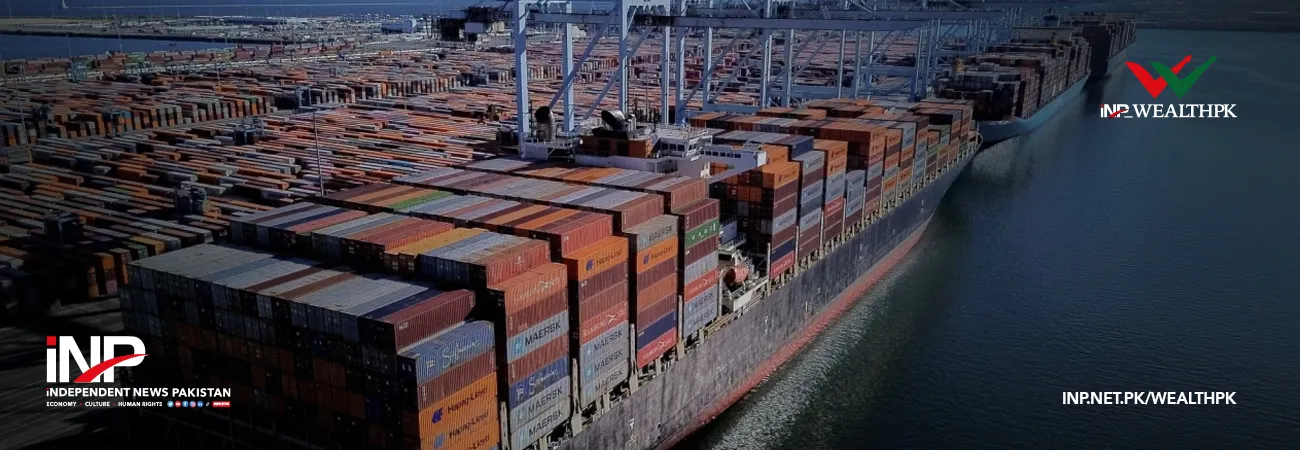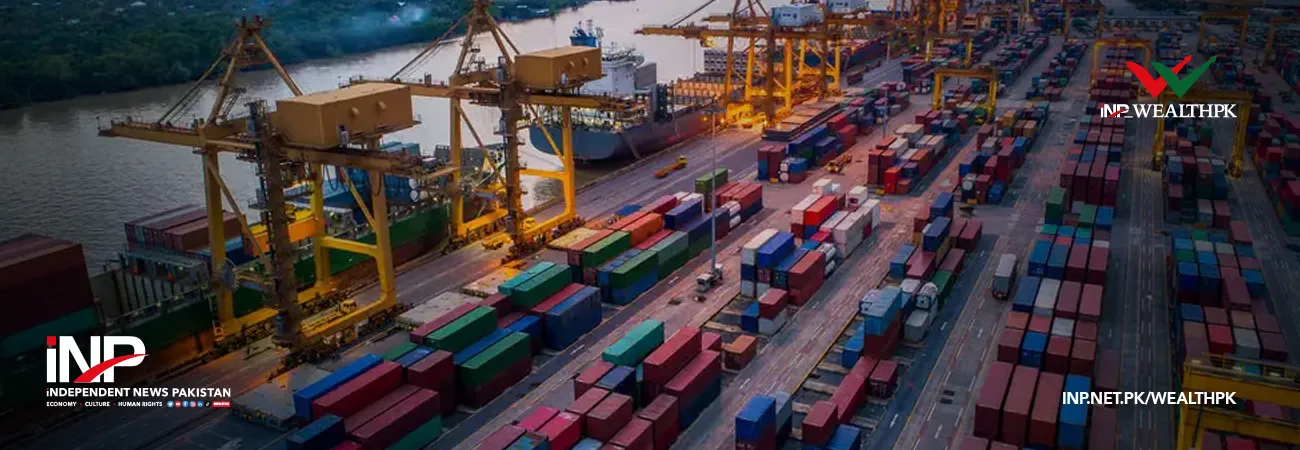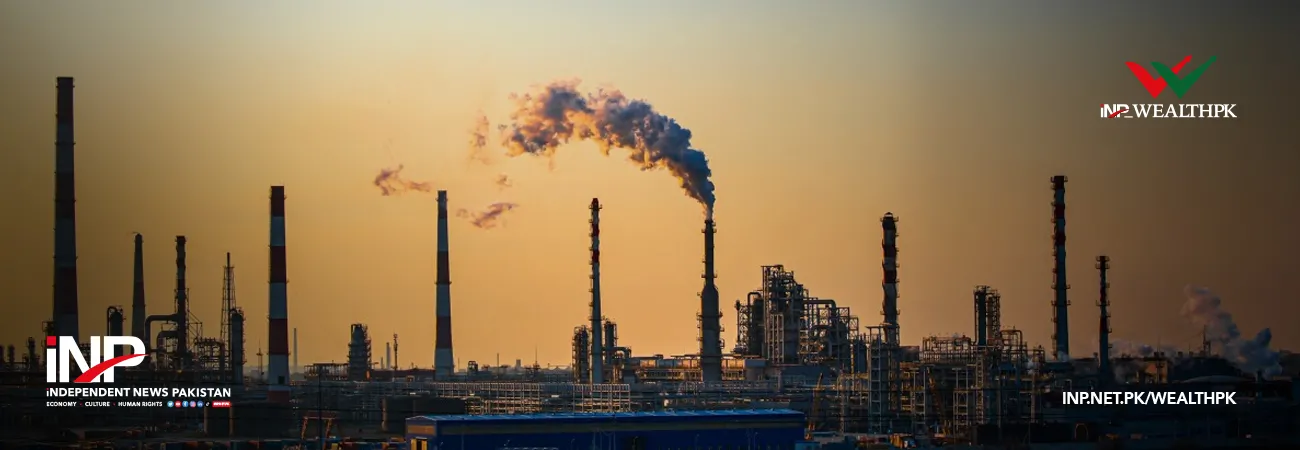INP-WealthPk
Ayesha Saba
China’s 2026-2030 plan places climate resilience and low-carbon transformation at the centre of its national strategy, a direction that presents major opportunities for Pakistan’s own clean-energy transition. As Beijing accelerates toward its 2060 carbon neutrality target, it is set to expand global partnerships in renewable energy, green finance, and sustainable infrastructure.
Environmental sustainability is a key priority in China’s upcoming five-year plan, advancing Beijing’s initiative for cleaner air, water, and ecosystems while promoting a modern industrial system based on energy efficiency, resource recycling, and environmental protection. For Pakistan, this signals that the next phase of CPEC cooperation will focus on sustainable, low-carbon development rather than fossil-fuel expansion.
Speaking to Wealth Pakistan, Muhammad Saleem, Climate Policy Analyst at the Ministry of Climate Change & Environmental Coordination, said China’s announcement of its 2026-2030 development priorities, placing climate resilience, low-carbon growth, and technological innovation at the centre of its national agenda, has arrived at a critical moment for Pakistan.
“The shift presents a timely opportunity to deepen bilateral cooperation in ways that directly support Pakistan’s climate and development priorities.” Saleem noted that Pakistan ranks among the most climate-vulnerable countries, grappling with recurring floods, heatwaves, glacier melt and deepening water stress. “Meeting these very environmental challenges is not possible without achieving decarbonisation, affordable clean-energy access and resilient infrastructure.”
He highlighted that China’s renewed focus on renewable energy, green finance and low-carbon technologies aligns closely with Pakistan’s needs under its Nationally Determined Contributions (NDC 3.0), which sets out an ambitious roadmap for achieving decorbanisation and clean energy goals through diverse short-term and long-term projects. According to Saleem, significant groundwork has already been laid through the CPEC.
“The next phase, CPEC Green, offers a platform to mobilise investment in utility-scale solar and wind projects, battery storage, distributed renewable systems, and modernised transmission networks. Opportunities are also emerging in green hydrogen development, electric-vehicle manufacturing and public-transport electrification sectors, where China has substantial technological and industrial leadership,” he noted.
The climate policy analyst said China’s emphasis on expanding global climate partnerships has also created space for enhanced cooperation in climate-smart agriculture, water resource management and early warning systems. “For Pakistan, collaboration in these areas will bolster adaptation capacity and protect vulnerable communities.”
“Equally vital is access to green finance. China’s growing portfolio of climate-finance instruments, including concessional lending, blended finance and support for nature-based solutions, can complement Pakistan’s efforts to bridge its adaptation and mitigation investment gaps,” he said. Saleem underscored that Islamabad can benefit from working closely with Beijing to build a climate-resilient, low-carbon future.
“Strengthened collaboration will not only advance national energy security and economic stability but also contribute meaningfully to global climate action.” Meanwhile, speaking to Wealth Pakistan, Muhammad Arif Goheer, Principal Scientific Officer/Head, Agriculture & Coordination, Ministry of Climate Change, emphasised that Pakistan can draw vital lessons from China’s Emissions Trading Scheme (ETS) to develop a credible, transparent, and internationally aligned carbon market.
He noted that China’s experience in establishing a phased and well-structured ETS provides a practical blueprint for Pakistan to follow in its transition toward low-carbon growth. Goheer highlighted that China’s approach, beginning with regional pilot programmes, investing in strong monitoring, reporting and verification (MRV) systems, and then scaling to a national-level scheme, demonstrates the importance of building technical and institutional capacity before full implementation.
Pakistan, he suggested, could adopt a similar pathway by initially focusing on key sectors such as power and cement to test MRV protocols, registry systems, and compliance mechanisms. “This phased strategy would help the country ensure transparency and reliability before expanding to other sectors.” These elements, according to him, are essential for achieving environmental integrity, credible price discovery, and investor confidence from the outset.
To align with global standards and the Article 6 mechanisms of the Paris Agreement, Goheer said Pakistan should develop clear cap-setting and allocation rules, define offset eligibility with strict safeguards, and ensure transparent reporting processes. “Gradually transitioning from free allocations to auction-based systems would promote efficiency and fairness while avoiding market distortions.”
He further emphasised that stakeholder engagement, particularly with industries, provincial governments, and financial institutions, is critical to maintaining political support and protecting vulnerable sectors during the transition. Goheer also pointed out that Pakistan currently faces several regulatory, institutional, and capacity-related barriers that discourage Chinese investment in its carbon and renewable energy markets.
He concluded that Pakistan must prioritise institutional strengthening, policy stability, and streamlined approval processes to attract foreign green investment. “Collaboration with China through technology transfer, capacity building, and joint pilot projects could significantly advance Pakistan’s efforts to establish a credible carbon market and deepen bilateral cooperation in renewable energy and climate action.”
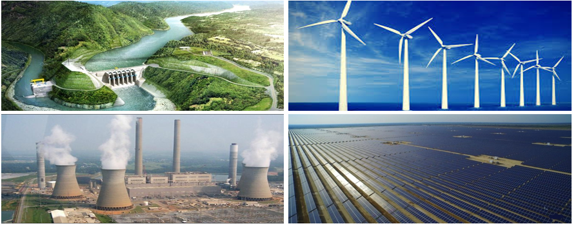
Credit: INP-WealthPk



